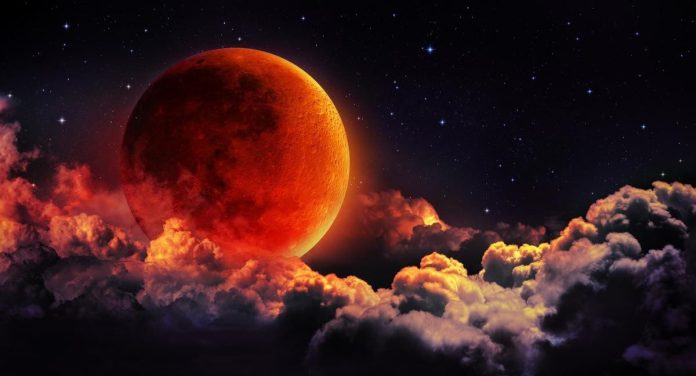The mysterious dark spot on the surface of Encelad is of considerable interest in scientists, because it casts doubt on the usual ideas about the nature of this satellite Saturn. Encelada, with its icy surface and the ocean, has long been one of the most promising objects to find extraterrestrial life. However, the detection of a disappearing spot adds another mystery to its study.
The dark spot was about 1 km wide for the first time on images made by the Voyager-1 spacecraft and Cassini. In 2009, it was clearly stood out, but disappeared in 2012.
Encelad has a high reflective ability, which is why the appearance of such a dark structure is unexpected. The analysis showed that the spot had a reddish-brown tint, which is atypical for a bright ice satellite. It can be the result of the fall of the asteroid, the part of the material of which remained at the bottom of the crater or exposed the spring rock. This mechanism explains the color of the spot. The spot could disappear because it was covered with water, thrown from the ocean through the geysers of Encelad. It is likely that particles of ice from the rings of Saturn have settled on the surface, gradually hiding the stain. An unknown mechanism may be involved with the internal dynamics of the satellite.
The disappearance of the stain in such a short period is contrary to the previous notion of the speed of changes on the surface of the encelad. If it is indeed related to the exposure of the subsequent rock, it can provide new data on the chemical composition of the satellite, as well as that it is hidden under its thick layer of ice. Astronomers plan to continue the study of archival images to understand the nature of this anomaly. It is also possible to involve new missions in Saturn, which could study encelada in more detail. Perhaps this discovery will bring us closer to solving issues related to a potential life in its ocean.
Thus, the mysterious character of the spot only emphasizes how many unknown remains in our solar system.


